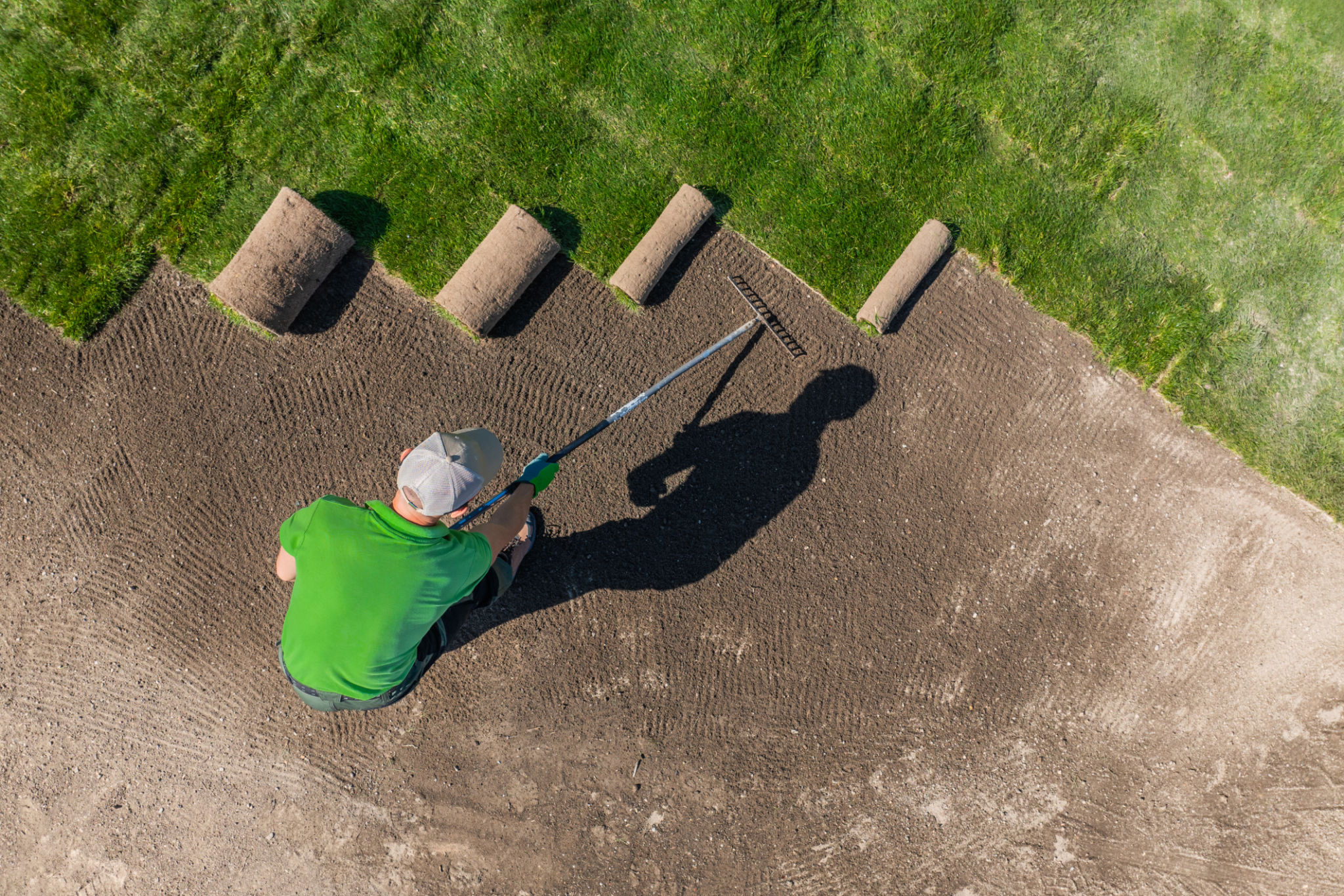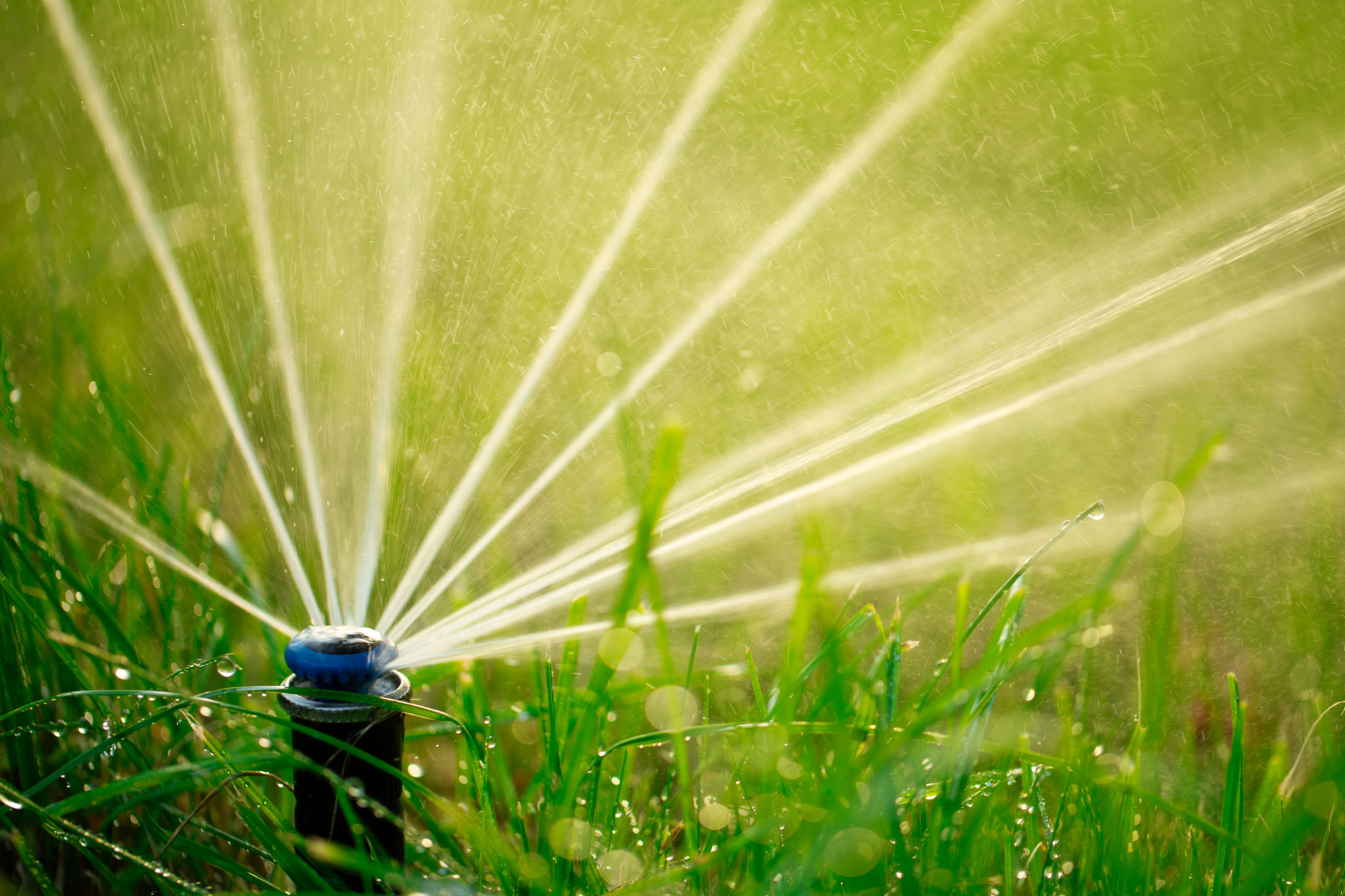Golf Course Maintenance Tips: Keeping Akron Greens Pristine
Understanding the Basics of Golf Course Maintenance
Maintaining a golf course in pristine condition requires a deep understanding of various key elements. From soil quality and grass type to climate considerations, each factor plays a crucial role in keeping the greens of Akron well-maintained. It’s essential for groundskeepers to have a comprehensive plan that addresses these components effectively.
One of the first steps in golf course maintenance is assessing the soil conditions. This involves testing for pH levels, nutrient content, and drainage capabilities. Knowing these details helps in selecting the right fertilizers and grass types that will thrive in Akron's specific environment.

The Importance of Regular Mowing and Aeration
Regular mowing is vital to maintaining the quality of the greens. It not only keeps the grass at the ideal height but also helps control weeds and maintain the course's aesthetic appeal. The frequency of mowing will depend on the season, with more frequent mowing needed during peak growing periods.
Aeration is another crucial practice that helps improve soil health by allowing air, water, and nutrients to penetrate deep into the roots. This process relieves soil compaction and promotes robust root growth, ultimately leading to healthier and more resilient turf.
Effective Water Management Strategies
Water management is a critical aspect of golf course maintenance, especially during dry spells. Implementing an efficient irrigation system ensures that every part of the course receives adequate hydration without overwatering, which can lead to disease and other issues.
Using moisture sensors can help accurately determine when and how much to water. This technology aids in conserving water and maintaining optimal moisture levels, which is particularly important for the sustainability of Akron's golf courses.

Protecting Greens from Pests and Diseases
Pests and diseases can quickly turn a beautiful golf course into an unsightly landscape. A proactive approach involves regularly scouting for signs of damage and implementing integrated pest management (IPM) practices. IPM focuses on using environmentally friendly methods to control pests, reducing reliance on chemical pesticides.
Fungicides and insecticides should be applied judiciously and only when necessary. It's also important to rotate chemicals to prevent resistance development among pests and pathogens, ensuring long-term efficacy.
Seasonal Maintenance Tips
Each season brings its own set of challenges and maintenance requirements. In spring, focus on fertilization and aeration to kickstart growth. Summer demands vigilant water management and pest control, while fall is the time for overseeding and preparing the turf for winter dormancy.

Winter provides an opportunity for equipment maintenance and planning for the upcoming season. Ensuring all machinery is in top condition will minimize downtime when peak maintenance activities resume.
The Role of Technology in Modern Golf Course Maintenance
Modern technology plays an ever-increasing role in maintaining Akron's golf courses. From GPS-guided mowers to digital monitoring systems, technology enhances precision and efficiency in maintenance tasks.
Adopting these innovations can lead to significant improvements in course quality and operational efficiency, ensuring that Akron's greens remain pristine for golfers to enjoy year-round.
